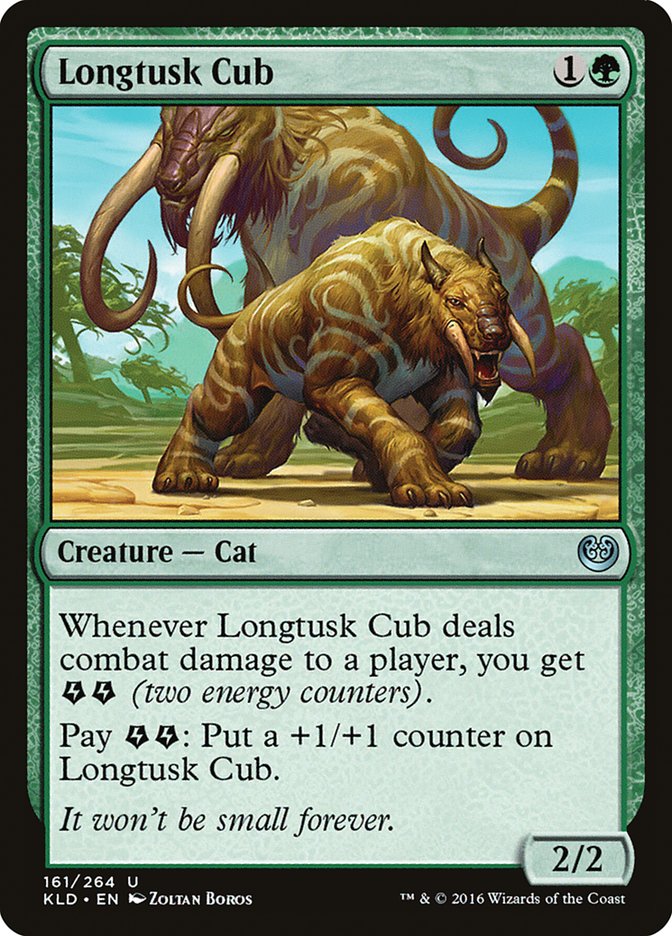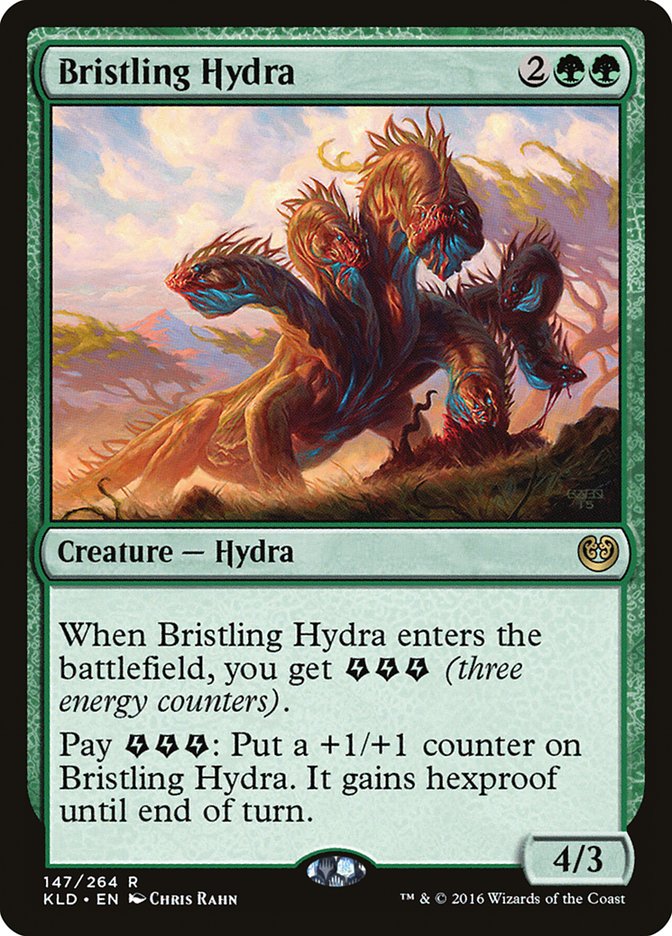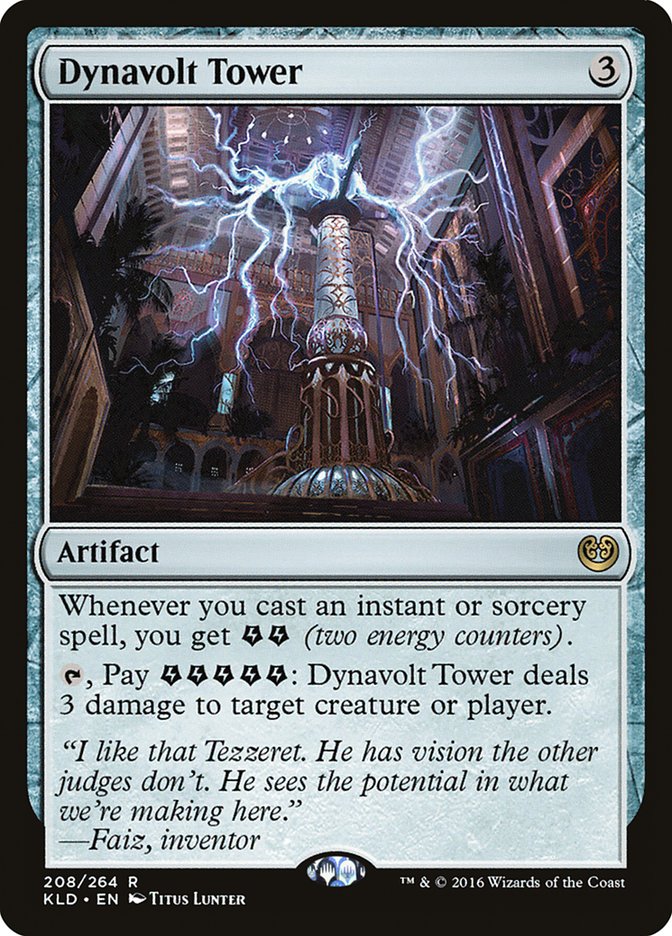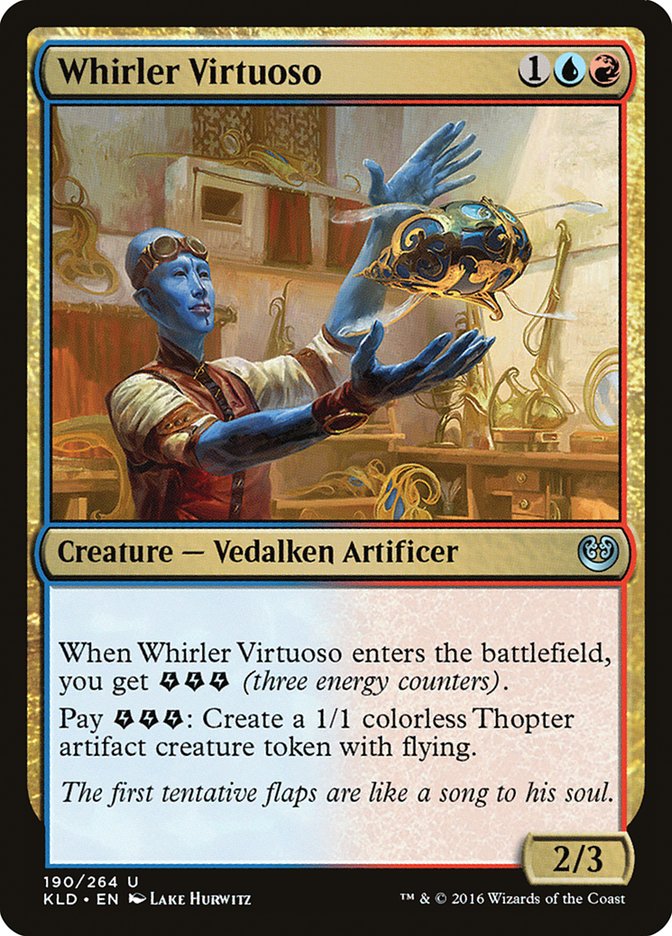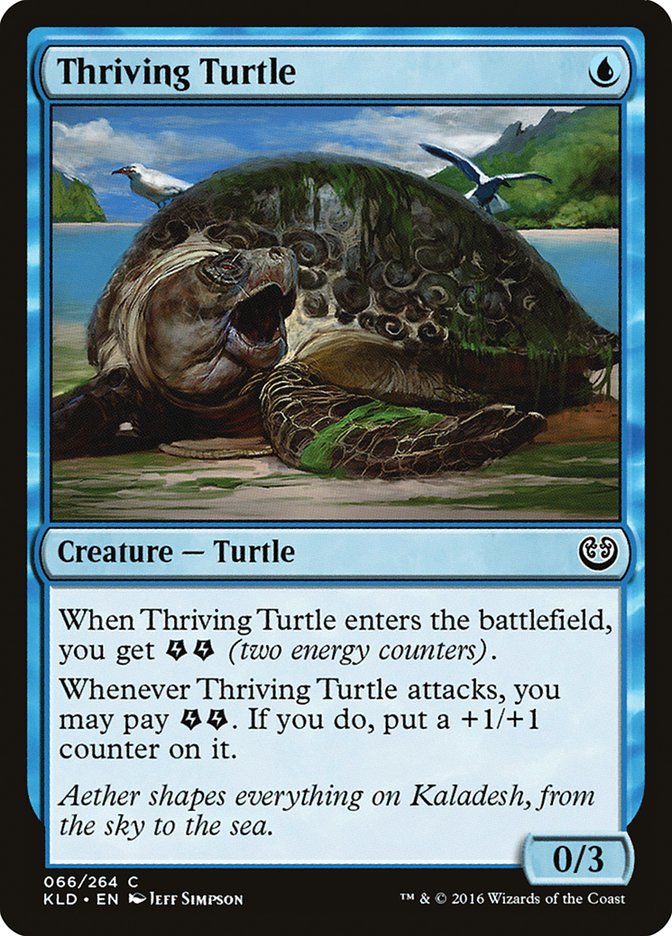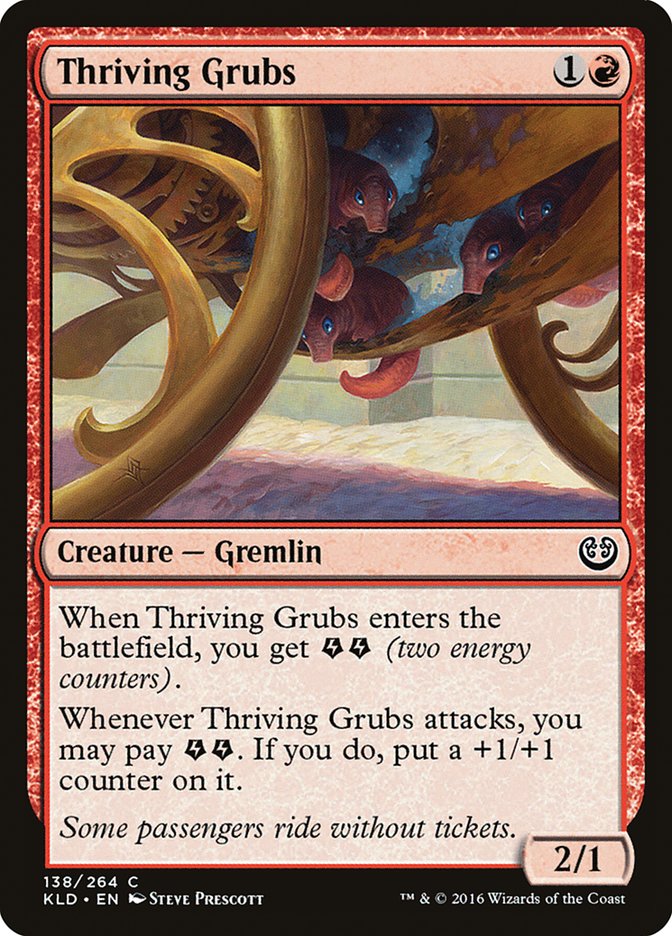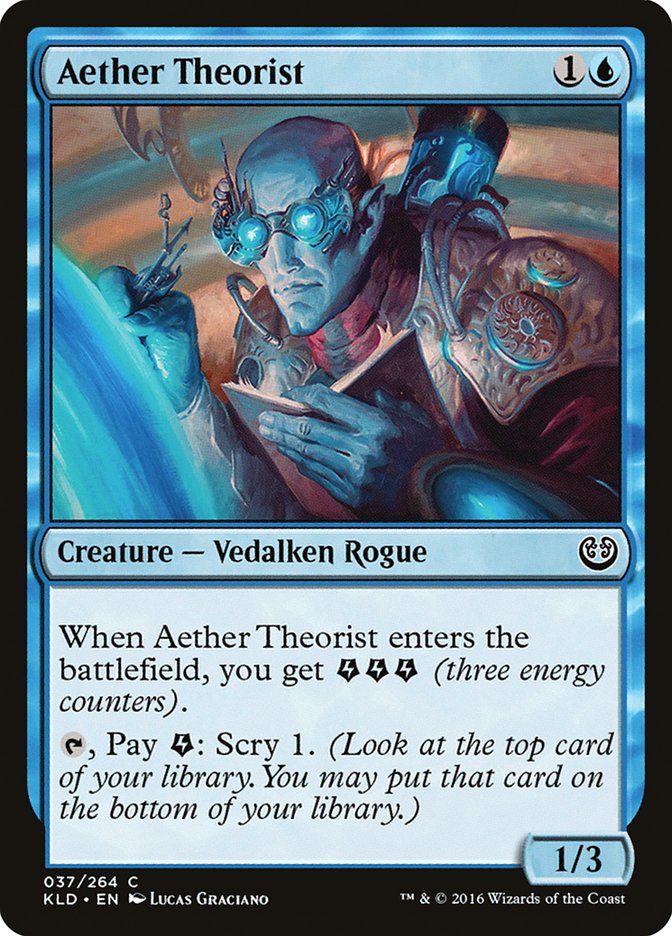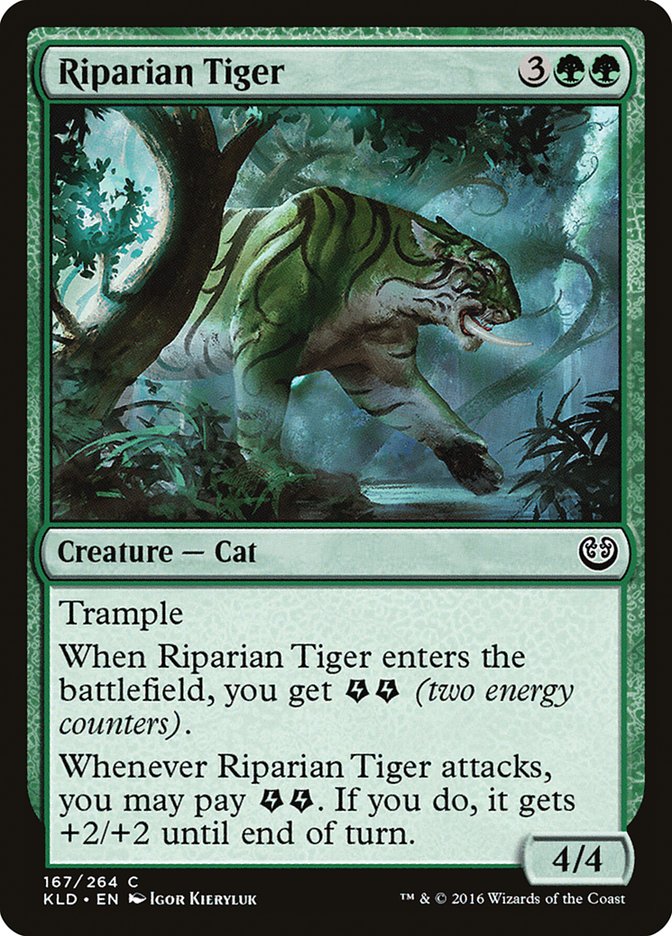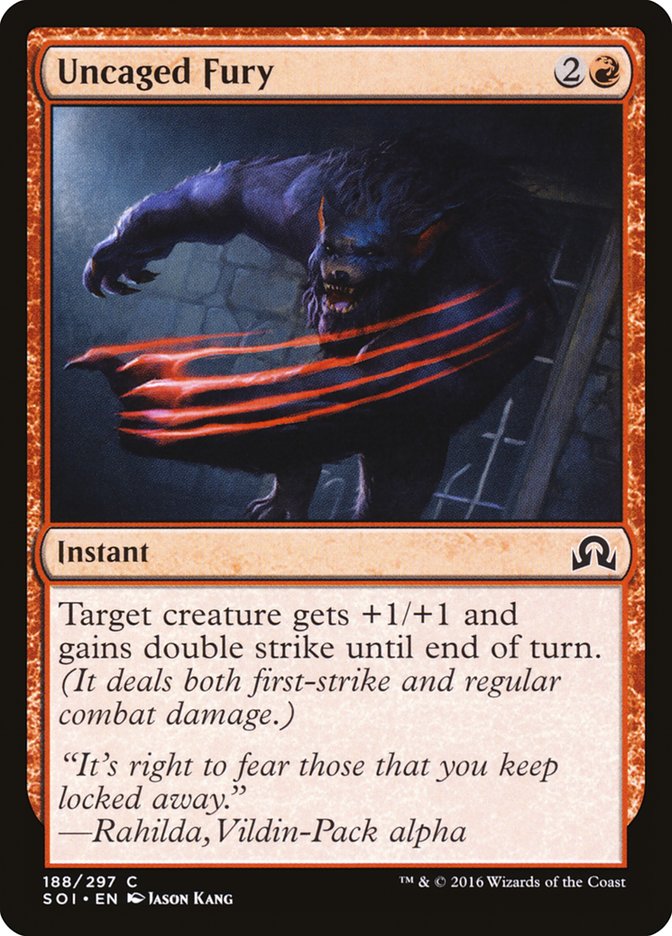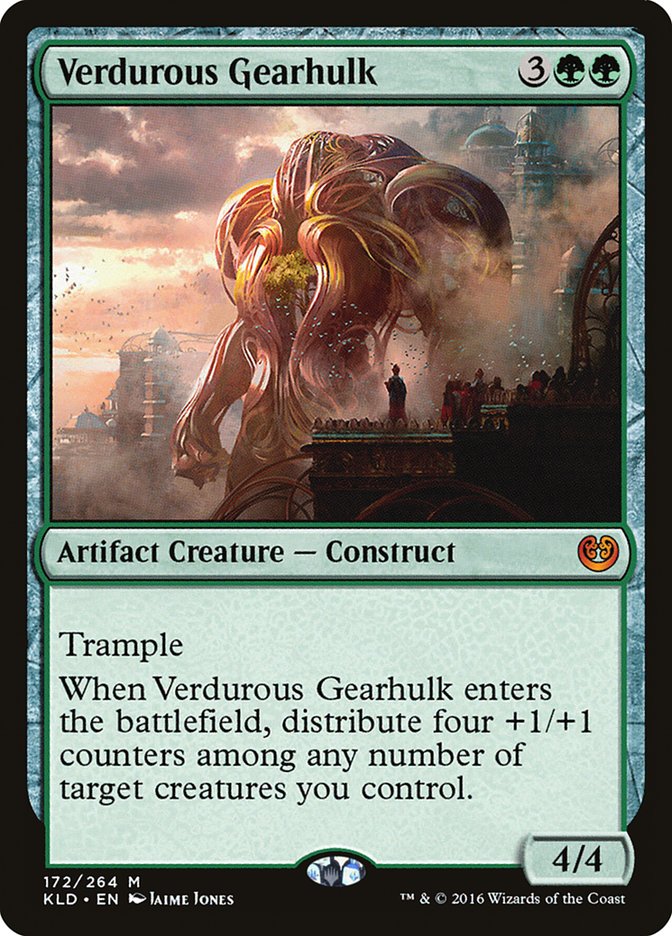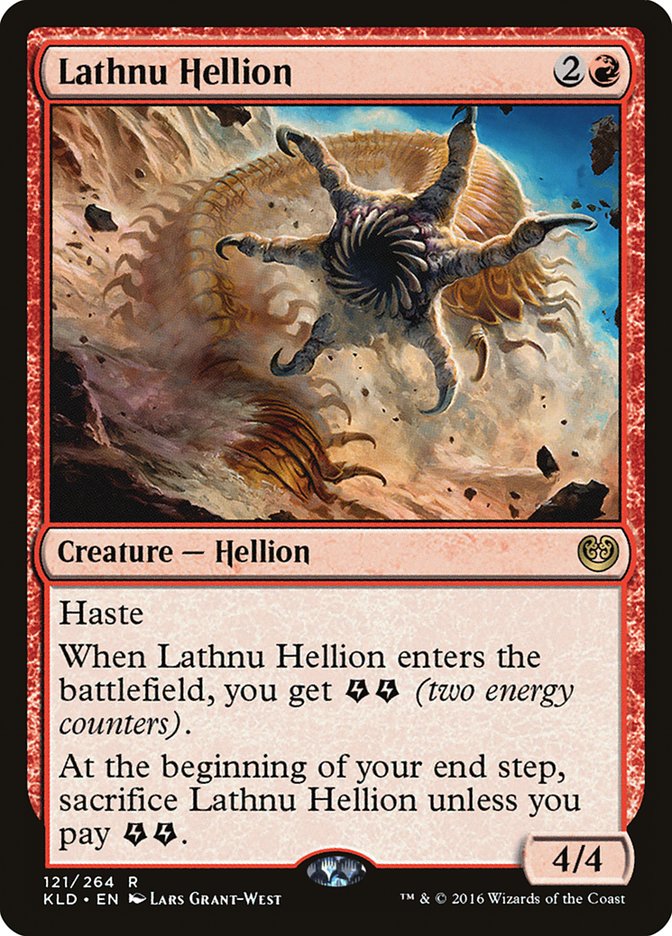Hello! For those who don’t know me, I’m Ryan Saxe, an avid player in New York City’s competitive scene. I am a senior at New York University, majoring in Mathematics and Computer Science, and I have a strong passion for data science, algorithms, and problem-solving. Needless to say, I have a very analytical approach to the game. I began my journey producing Magic: The Gathering content for Spellsnare.com and I am ecstatic to continue here at StarCityGames.com.
Without further ado, let’s dive into one of the most important concepts of Magic: resource management. There are a variety of resources relevant to every game; your life, cards in hand, and mana to name a few. Depending on the makeup of your deck, you should approach resources differently. It is important to understand the resources that are crucial to your gameplan. Consider the deck that Shota Yasooka piloted to victory at Pro Tour Kaladesh.
Creatures (6)
Planeswalkers (1)
Lands (26)
Spells (27)

For any control deck, maintaining a significant number of cards in hand is a good idea. But there are other, less intuitive resources that this deck utilizes, namely win conditions and cards in the library. In an average deck, these are not resources we consider necessary to manage. But with so few win conditions and so much card advantage, the probability of running out of both ways to win the game and cards in library increases significantly.
Understanding how and when to deploy your threats in order to end the game prior to decking out is critical to success with Grixis Control. Shota recognized the difficulty of this task and mastered it. He even provided insightful advice to those interested in piloting the deck: don’t. Yes, it’s that difficult.
In order to play any deck successfully, whether Limited or Constructed, requires intense knowledge about the importance of each resource. Kaladesh introduced a new resource that we must learn to manage properly: energy.
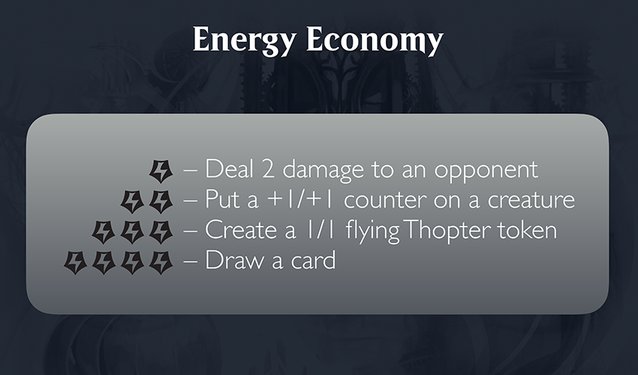
Energy is produced and consumed. This implies that, for any deck, you need to manage an energy economy. You have to decide where, and how, to spend it. Luckily for us, Wizards of the Coast didn’t leave us in the dark. Of course, you can’t just draw a card when you have four energy lying around, but it is useful to know that they developed cards such that the use of four energy should be worth a card.
One important thing to note is that, in general, the consumption of energy does not require mana. We aren’t given many resources without this limiting factor. To balance this, many cards were designed to use a limited amount of energy per turn, such as Voltaic Brawler. But the cards that can deplete energy quickly are very powerful. This is why Longtusk Cub and Whirler Virtuoso can dominate a game of Limited and why Bristling Hydra is a kingpin of G/R Energy in Standard. Without much more than your initial investment, these cards can instantly grow out of control. Willy Edel even made a comparison of Longtusk Cub to Tarmogoyf during his deck tech at Pro Tour Kaladesh.
As is true for any resource, if the game ends with it unused, it’s almost as if you didn’t even have it to begin with. Aggressive decks can attack on this axis. The goal is speed: end the game when you’re out of cards and your opponent is not. You used more resources than they did, which is a significant advantage.
Applying this to energy, our speed of consumption should be a function on the volume of production (P) and efficiency of consumption (C). This function has the following properties:
1. If P > C, use your energy aggressively.
2. If P < C, use your energy carefully.
3. Otherwise (P = C), maintain this equilibrium.
This displays a specific economic principle: thinking at the margin. We want a balance, a point of optimality. So when we produce too much, we can consume more in attempt to achieve that equilibrium. When we don’t produce enough, we need to be careful where we use the energy and save it to some extent. But when we produce at the rate we consume, then we get the most bang for our buck. At the end of the game, there shouldn’t be energy left because we’ve gotten the most out of our resource.
Unfortunately, this isn’t so clear-cut in a game of Magic. You can’t be sure what your rate of production or consumption is going to be across the game. Your opponent can influence this: remove your Longtusk Cub, and then maybe you wasted six energy on it. But thinking at the margin is rational by definition, and hence a good starting point.
So how should you balance your energy consumption? When are you supposed to hoard your energy for a late-game sink, or spread it around for incremental value? Well, as for any resource, the key to the answer depends on the makeup of your deck. But we can still generalize this for both Limited and Constructed.
Energy in Limited
Regarding the energy mechanic, we can classify Limited decks into three camps:
1. Little to no energy.
2. A significant amount of energy.
3. Absurdly energetic durdletown (Dynavolt Tower).
Each group behaves differently. All can provide some insight towards the mechanic, both in general and in the specific context of the decks.
First Group
For all intents and purposes, decks in the first group have it easy. You don’t need to decide where to spend your energy. Your deck has two copies of Thriving Rhino? Enjoy your three-mana beefcake.
When you only have a couple of places to put your energy, most of the time, your producers consume what they produce. There’s no point in waiting around. The probability of drawing another energy sink is quite small. Best to use it now and get as much out of it as possible rather than waste a resource.
Second Group
This is where the majority of decks with energy fall, and they are almost always some combination of the Temur colors. There are so many cards that utilize energy at common that having a couple of copies of Thriving Rhino, Attune with Aether, and Aether Theorist is quite normal. I find that most of my energy decks have about seven cards that relate to energy. Sometimes it gets as high as ten. So how do you balance all the energy use?
There are a couple of notes to check. First, do you have any cards that are efficient energy sinks, like Whirler Virtuoso? If you don’t have any of these cards, then there is almost no reason to stockpile your energy. Just give your Thriving Turtle the counter, as four toughness is somewhat important. Remember, there has to be good reason to not use your energy when given the opportunity.
And what are the important quantities of energy to have? Do you have a Bristling Hydra? Thriving Grubs? Servant of the Conduit? Although each card comes with enough energy for initial uses, getting additional activations is spectacular, and each requires a different investment. Maybe you should play your four-drop creature instead of using energy from Servant of the Conduit to play your five-drop creature. Then you can get an additional counter on your Thriving Grubs.
With so many places to put your energy, you need to focus on what has the highest impact on the game. Managing your energy in these decks requires an understanding of what portion of your deck needs what amount of energy.
The most common number is two energy. Let’s say you have an Aether Theorist and two energy. Do you scry on your opponent’s end step? If you have a reasonable amount of action in your hand, likely not. This will depend on the individual game, but in general I would rather get an additional counter on my Thriving Rhino, should I draw it. The misuse of Aether Theorist may be one of the most common mistakes in Kaladesh Limited.
Aether Theorist is not our beloved Scryfish. Aether Theorist does not have a free ability. Aether Theorist should not always be scrying on your opponent’s end step. Stop.
Now that I have that out of my system, let me explain. We are all used to playing with Sigiled Starfish. Even if you know exactly what your plan is for the next three turns: you scry with the wonderful Scryfish. That is because Sigiled Starfish’s ability reads: scry every turn.
Aether Theorist, by contrast, reads many ways. Sometimes it truly is “scry every turn.” Other times it’s “scry once and put a +1/+1 counter on a creature.” With Whirler Virtuoso, it makes a Thopter! Aether Theorist is a flexible card. The energy does not need to go towards scrying, and don’t you forget that.
Third Group
Ah, the deck we all want to draft. It’s the beauty of doing nothing but doing everything at the same time, sitting behind Consulate Surveillance or Dynavolt Tower with twenty energy lying around. You feel so safe. Accomplished.
Creatures (12)
- 1 Thriving Turtle
- 1 Thriving Rhino
- 1 Cloudblazer
- 1 Whirler Virtuoso
- 1 Wild Wanderer
- 1 Snare Thopter
- 1 Aether Theorist
- 1 Riparian Tiger
- 1 Consulate Skygate
- 1 Minister of Inquiries
- 2 Empyreal Voyager
Lands (16)
Spells (12)

There is so much going on here. There is the Era of Innovation plus Whirler Virtuoso combo. A bunch of absurd energy sinks. Plenty of places to put your energy, and plenty of places to make mistakes. The trick to piloting a deck like this is to determine your lane. When are you on the mill plan with Minister of Inquiries? When do you pivot and start burning your opponent’s face with Dynavolt Tower? When do you use all your energy with Whirler Virtuoso to make a Thopter army? This deck has a variety of win conditions, all centered around energy.
With so many efficient consumers and producers, maintaining the economy can be quite complex. Another economic principle that is quite relevant here is: everything is a tradeoff. You get the benefits of card A or card B, not both. Energy is a limited resource, so it is important to understand that the total benefit of using energy for one thing is actually not just the intrinsic gain from that. You must subtract what you’re missing out on.
Attacking with an energized Riparian Tiger is always enticing, but the value of an activation of Consulate Surveillance must be subtracted, since you removed that option. This is a quick and easy trick for discerning where to place your energy when it’s subtler than always Lightning Bolting with Dynavolt Tower. Look at all the places you could put your energy. Evaluate each use with respect to what you can no longer do. Then continue with whichever play nets the most value.
This doesn’t come up that often in Kaladesh Limited, since most decks only have so many energy sinks. But it’s a good tool to have in your arsenal.
Energy in Constructed
Constructed is a whole different ballgame. Decks are more focused, linear, and powerful. You can zero in on a plan for your energy. Race to six energy to activate an Aetherworks Marvel. Hoard a bunch until you can attack with a twenty-power Electrostatic Pummeler. Currently, the top of the metagame doesn’t contain energy-based decks, but they are still options and you should know how to play with and against them. The two most popular versions are G/R-based aggressive decks, and both can play on a different axis.
Creatures (20)
- 2 Longtusk Cub
- 4 Voltaic Brawler
- 2 Lathnu Hellion
- 4 Bristling Hydra
- 4 Electrostatic Pummeler
- 4 Servant of the Conduit
Lands (20)
Spells (20)
- 4 Uncaged Fury
- 1 Rush of Adrenaline
- 2 Larger Than Life
- 2 Key to the City
- 4 Blossoming Defense
- 4 Attune with Aether
- 3 Built to Smash
Sideboard

This is the original boogeyman, a deck feared on Magic Online in the first couple of weeks of the format. It has since died down in popularity but is still a very real deck. The plan is to combine Electrostatic Pummeler with combat tricks and kill your opponent out of nowhere. You have Blossoming Defense for protection and Key to the City to get through blockers.
So what’s the key to energy usage?
Six is the magic number. This reason is twofold. First, six energy quadruples Electrostatic Pummeler’s power. That’s pretty insane. The second reason is that six energy allows for two Bristling Hydra activations. This allows you to activate the Hydra, ensuring hexproof, and then cast Uncaged Fury to end the game.
Given the importance of Bristling Hydra and Electrostatic Pummeler, the differences between two and three energy loom large. If you currently have four energy and get in with a Longtusk Cub, what are you supposed to do? Activate twice for maximum damage? Once to still have more than three energy? Or not at all to have the requisite six energy? The fact of the matter is, all three of these options have scenarios where they are correct. So how do we tell?
A common misconception with the Energy archetype is that it is a combo deck before it is an aggro deck. Sure, you have a combo…except every card other than Electrostatic Pummeler is generally aggressive. Sure, you wouldn’t play Larger Than Life without the insta-win capability, but casting it on your Servant of the Conduit to smash for some extra damage is fine.
The fact of the matter is, your opponent has to respect the combo. Aggressive decks punish stumbling. This is a known fact. If your opponent is constantly playing in fear of dying, they may just play off-curve or hold a removal spell and waste mana. This is comparable to stumbling. Capitalize on this.
The key to understanding how to utilize your energy is identifying which plan is most likely to win the game. Is your opponent ever going to tap out? What combat tricks are in your hand? In general, just be aggressive. If an opening presents itself, well, get ’em dead!
Creatures (23)
- 4 Tireless Tracker
- 2 Verdurous Gearhulk
- 4 Longtusk Cub
- 4 Voltaic Brawler
- 2 Lathnu Hellion
- 3 Bristling Hydra
- 4 Servant of the Conduit
Planeswalkers (3)
Lands (21)
Spells (13)

Shaun McLaren has been a huge (but not Sylvan) advocate for this style of the G/R Energy deck. All things considered, Electrostatic Pummeler is not a very good card, and neither are the combat tricks that you have to play with it. Without the combo, there is room for more high-impact cards.
Chandra, Torch of Defiance is removal, an engine, and damage; Verdurous Gearhulk is a massive threat that can help punch through an army; and Harnessed Lightning is almost better than a two-mana Murder. We even open room for the oh-so-feared Smuggler’s Copter. Replacing the ability to win out of nowhere with the ability to grind in the long-game is an interesting one. In fact, if that’s really the plan, Tireless Tracker might be a good fit here (you can actually watch Shaun play his version with Tireless Tracker here).
How, in terms of energy, is this deck any different? The cards are almost all the same. The main difference is that stockpiling energy is no longer a solid approach without the Pummeler. You want to consume your energy more efficiently. Six is still important for Bristling Hydra, but not as much of a necessity. If you get in with a Longtusk Cub, you should probably pump it for the extra damage. Of course, this depends on if you need to maintain energy for other cards in the current game, but then you can apply what you learned from Limited. Everything is a tradeoff.
This is important when playing with Lanthu Hellion. That card smashes hard and fast, but in order to use it to its highest potential, you have to keep energy in stacks of two. Sometimes when you have Lanthu Hellion, Voltaic Brawler is just a three-power beater. And that’s fine.
Overall, I find this version of the G/R Energy deck more consistent. It doesn’t get free wins, but it is flexible, and that is a wonderful quality for a deck to have.
Play to the strengths of the matchup. Use your energy wisely. And most importantly, have fun.
Out of Energy
I may have exhausted my energy writing this, but there is much more space for the mechanic and much more to experience. I even had the pleasure of assembling an energetic contraption of my own. Turns out, when you have Whirler Virtuoso, Decoction Module, and Panharmonicon on the battlefield, Saheeli’s Artistry can do some busted stuff.
What has been your most lucrative experience with the energy mechanic?


